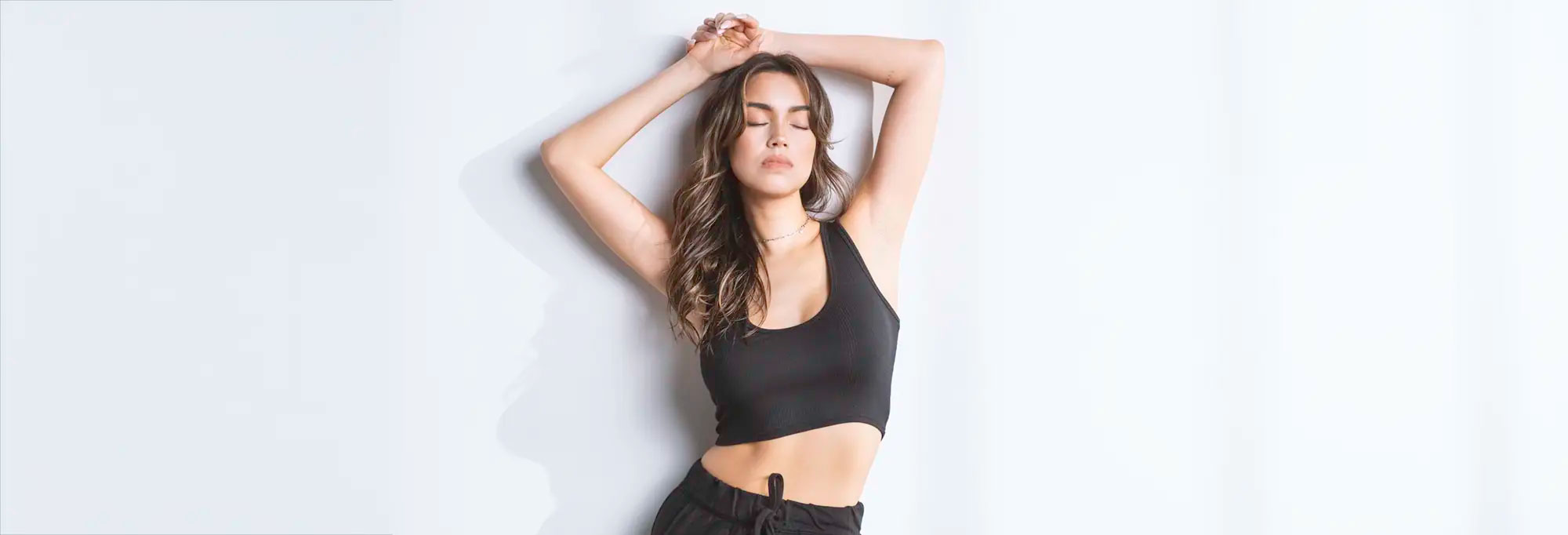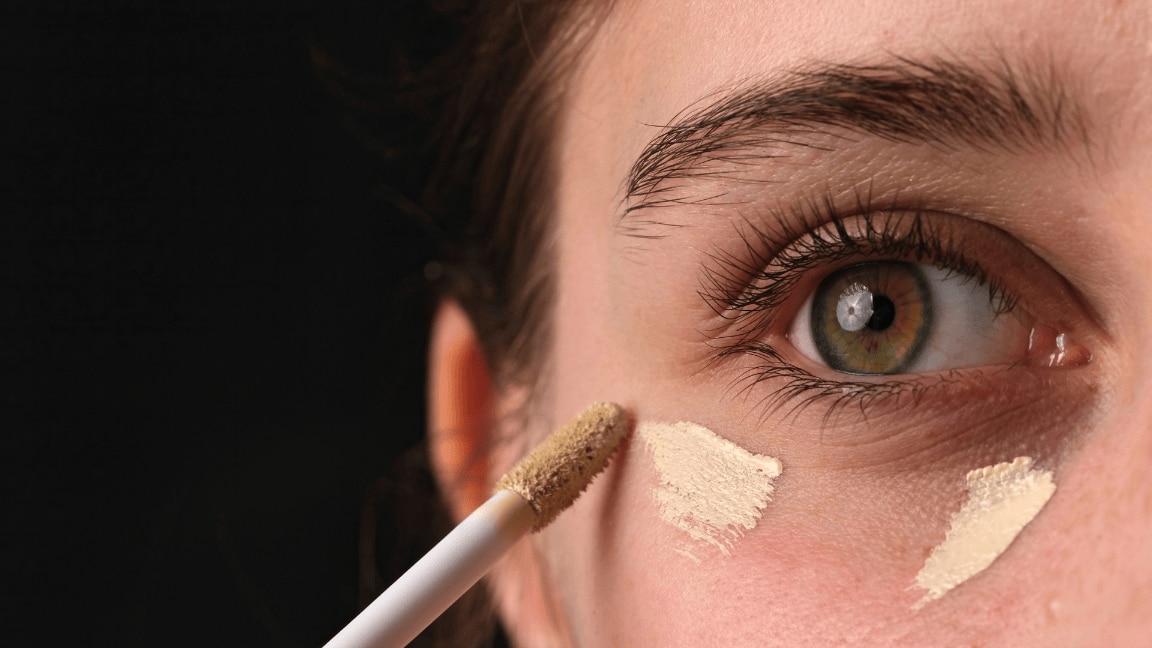Prime 10 Vogue Traits From the 1940’s
Rationing:
Planet War II impacted practically each and every aspect of American existence and vogue was no exception. In 1942, the United States imposed a rationing technique comparable to the 1 Terrific Britain had carried out the preceding calendar year, restricting, among other points, the amount of money of fabric that could be used in a one garment. Materials which includes wool, silk, leather and a fledgling DuPont Corp. creation termed nylon were being diverted for use in uniforms, parachutes, shoelaces and even bomber noses.
Jackets could be no a lot more than 25 inches in duration, trousers no far more than 19 inches in circumference at the hem, belts no more than two inches vast and heels no additional than an inch in peak. Hemlines rose to the knee in an hard work to preserve material. Buttons, cuffs, pockets and decorative particulars like ruffles and lace have been employed sparingly. Girls wore shorter, boxy jackets for a V-shaped silhouette reminiscent of army uniforms. Even Hollywood traded elaborate costumes for simplified patterns, a shift numerous claimed lent movies a new air of realism.
Nylon:
As before long as it was introduced in 1938, girls embraced artificial nylon as a substitute for silk stockings. In the early 1940s, having said that, with silk previously diverted to the war effort and hard work, the governing administration identified identical employs for nylon and commandeered it as nicely. Women of all ages responded by coating their legs in tan make-up and drawing lines up the backs of their calves to mimic seams. By the time the war ended and stockings returned to retailer cabinets, nylon experienced become a generic term for hosiery.
Swing skirts.
The swing skirt had a spherical slash created to glimpse best in comprehensive jitterbug twirl. Swing skirts have been a popular sight on USO dance flooring as younger gals danced with uniformed adult men to the jazzy horns that characterised the Large Band Era. Housewives were being acknowledged to have on a a lot more conservative model of the swing gown, from time to time in polka-dot or tiny floral prints.
Hats:
Hats turned just one of the few techniques to convey person style with minimal methods. They had been worn in a wide selection of styles and customized with scraps of foil, sequins, netting, paper and string.
Hair and makeup:
Hairstyles turned additional elaborate as females sought approaches to contrast their uninteresting wardrobes. Shoulder duration or for a longer period hair was rolled into complicated shapes and secured with bobby pins. Screen sirens like Lauren Bacall, Veronica Lake and Rita Hayworth popularized aspect components and finger waves. Makeup was dramatic, characterised by matte foundation, powder, major brows and brilliant scarlet lips.
Platform pumps:
The wartime lack of leather-based and metal compelled shoe designers to get more resourceful and, as a result, sneakers have been cobbled from components ranging from crocodile disguise to cork. Footwear had been more utilitarian than elegant, with small heels and confined shade choices. By the mid to late 1940s, system pumps with high heels in T-straps, ankle straps or open toes experienced changed the dowdy wedgie with its flat form and thick cork soles.
Menswear as womens use:
A selection of gentlemen may perhaps have used the to start with 50 percent of the 1940s in uniform, but their civilian garments came in helpful for the women of all ages who stuffed their residence-entrance positions. Women raided the closets of absent gentlemen and customized the fits to match them selves. McCalls even released a pattern aimed especially at modifying a masculine match to healthy female curves. All of a sudden, the sexually ambivalent glimpse pioneered in the late 1930s by Katherine Hepburn and Marlene Dietrich was radical no more. The emergence of the gown pattern and electrical sewing equipment led gals to make their own satisfies from scratch, opting for gabardine because of to the scarcity of wool. Quite a few with physically demanding factory positions shortly started donning realistic trousers and Rosie the Riveter jeans.
Sweaters:
By the mid-1940s, a lot of girls had abandoned the single-piece corset in favor of panties and structured bras that lifted and accentuated the bust line. In 1946, a properly-endowed Jane Russell appeared onscreen in a cantilever bra developed by Howard Hughes, prefiguring the bullet-bra 1950s and the reign of the sweater female. Free-fitting cardigans ended up also well-known, significantly on faculty campuses.
Sportswear:
The digital disappearance of French vogue homes throughout the war led American designers to examine their have creativity. Designers like Bonnie Cashin and Claire McCardell ended up instrumental in the creation of sportswear, that singularly American appear showcasing coordinated separates that could be worn in layers or in numerous combos. The craze not only gave women elevated options and designed it appear as if they experienced additional clothes than they really did, but also blurred the line involving couture and all set-to-use by showing gals they could be both of those stylish and cozy devoid of expending a fortune.
The New Look:
By the late 1940s, women of all ages craved a return to glamor and designers obliged with swirling skirts and shimmering evening gowns influenced by film stars like Ingrid Bergman, Barbara Stanwyck and Joan Crawford.
In 1947, French couturier Christian Dior practically one-handedly brought an close to wartime austerity with a style line observers christened the New Seem. Serious angles had been replaced with curves, hemlines dropped again underneath the knee and skirts had been generously draped. Structured undergarments ended up key to the New Glimpse, which highlighted wide shoulders, cinched waists, emphasised bust lines and padded hips. The pencil skirt was a figure-hugging different to bouffant skirts. Males, way too, longed for liberty from conservative tailoring in khaki and olive drab. They observed relief in wide-legged trousers, comprehensive-length coats and fits in an array of shades. Both of those mens and womens trousers highlighted greater waists, widely lower legs and cuffs and arrived in textured tweeds and jewel tones.
The New Glance achieved with protest from girls who experienced developed accustomed to baring their legs and have been disinclined to go over them again up. What’s more, the opulent, material-rich models seemed wasteful in distinction to wartime material limits. The wish for change prevailed, nevertheless, and the glance flourished during a great deal of the 1950s.




